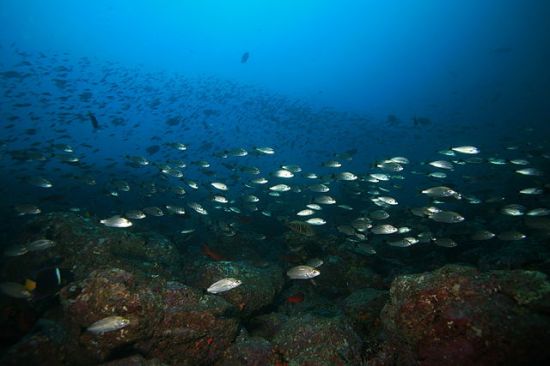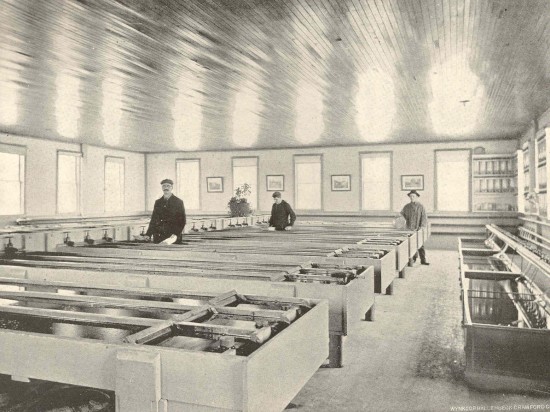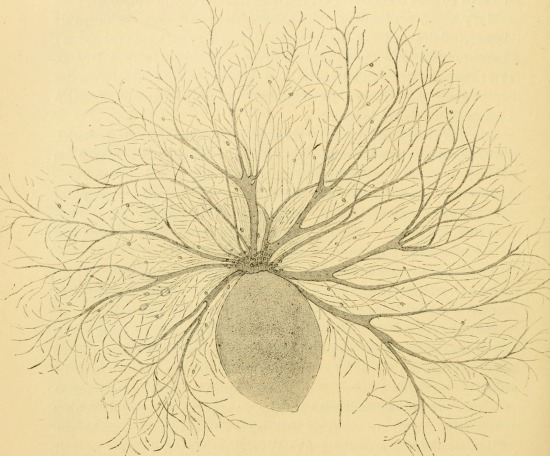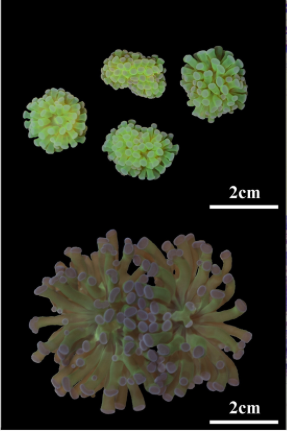“5. Conclusions
Our results indicate that infestations of […] the gill parasite A. ocellatum can be avoided if a defined pattern of water quality is kept within production ponds with a defined fish stocking level. This pattern of water quality can be achieved by water renewal with night tides, which should be carried out by considering the dissolved oxygen values in production ponds.”
What?
Velvet can be avoided.
It is not inevitable.
Even in a scenario where it’s commonplace.
How?
Stocking levels matter.
Water quality (not our definition*) matters.
This is something I (and others) have been stating for years — mostly against stiff opposition in social media forums. (Folks who generally see infections as inevitable and chemical treatments as mandatory….which they are if you don’t know or heed this info.)




